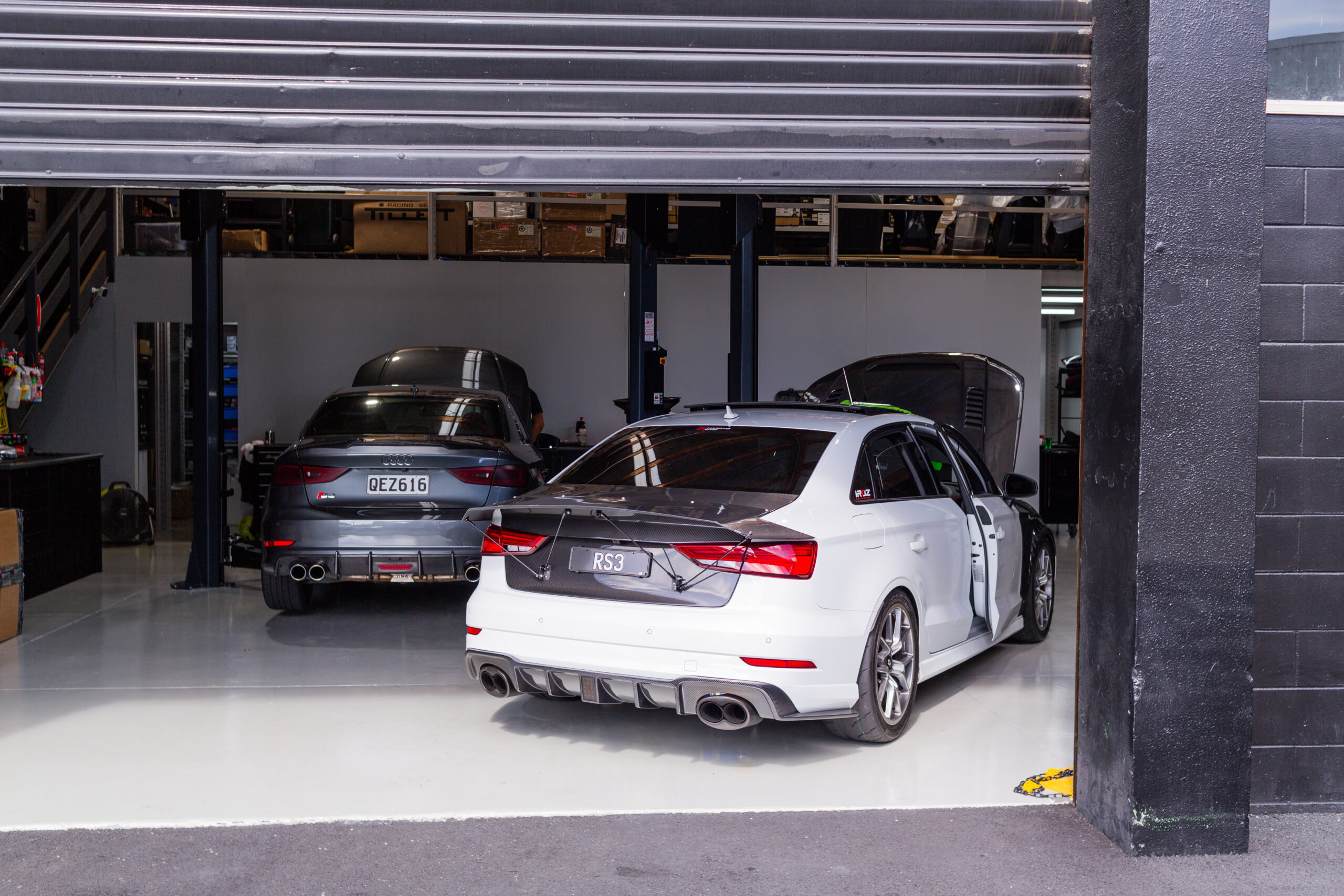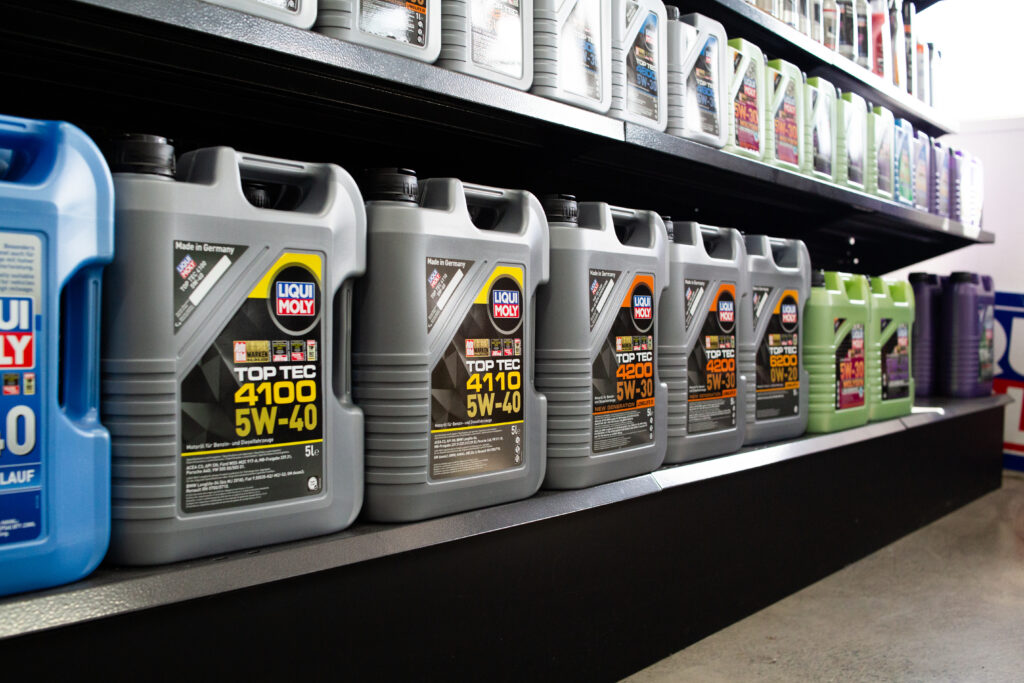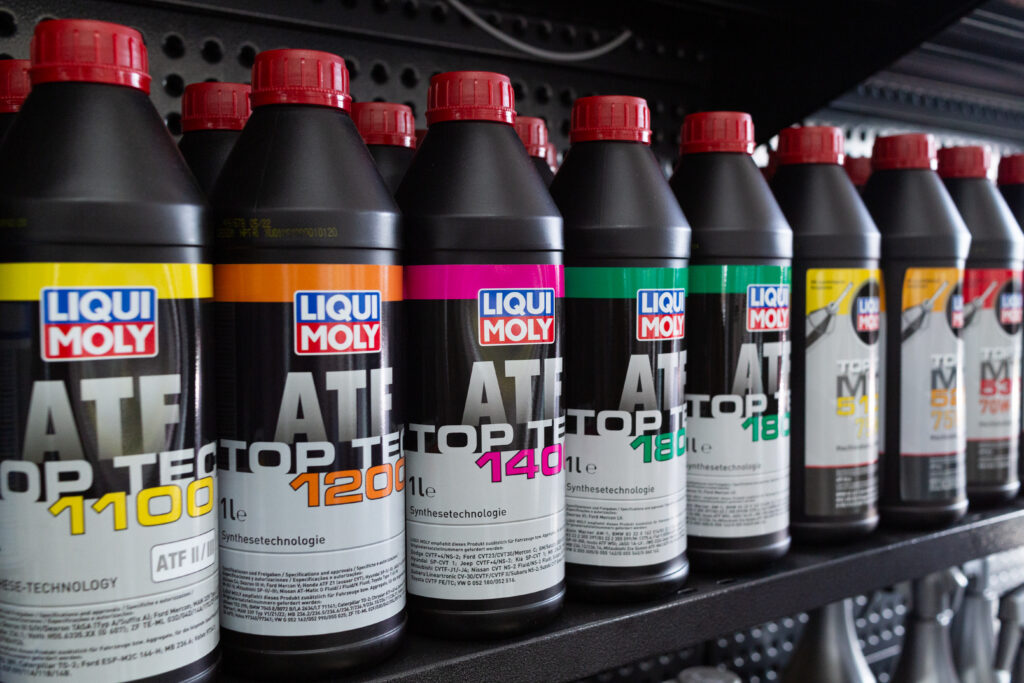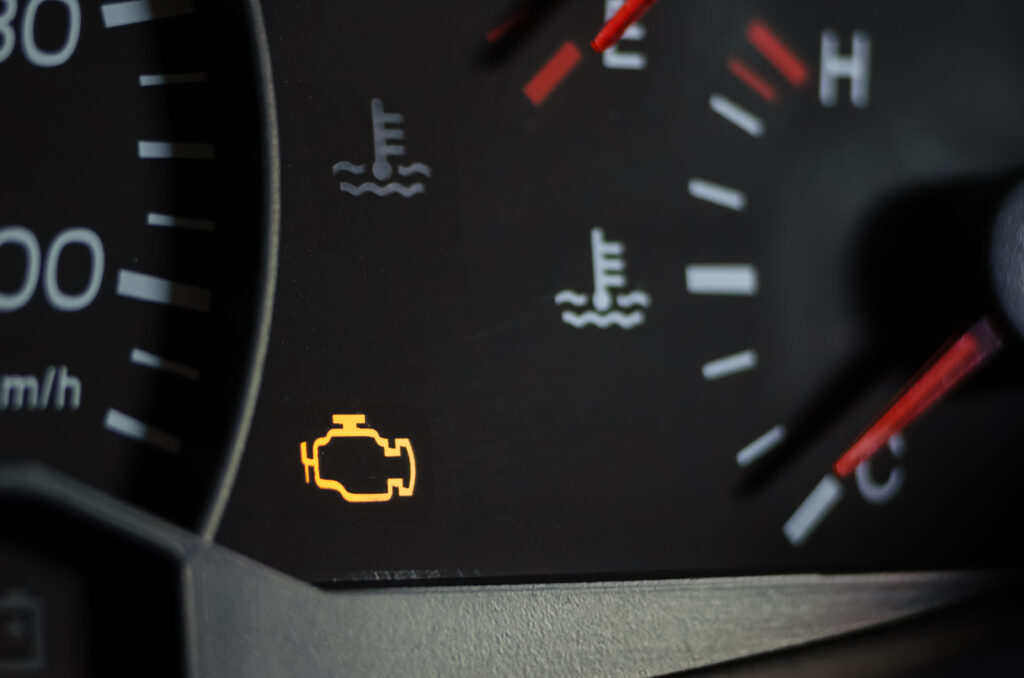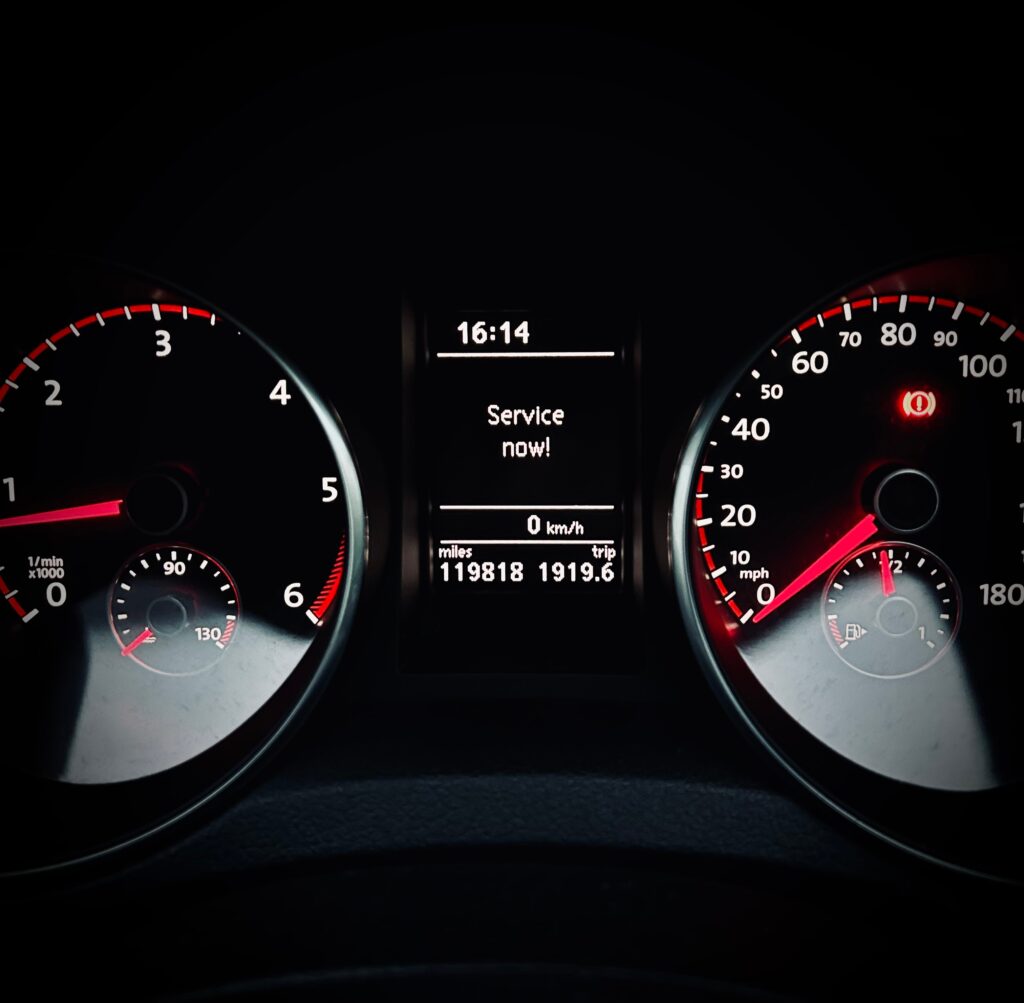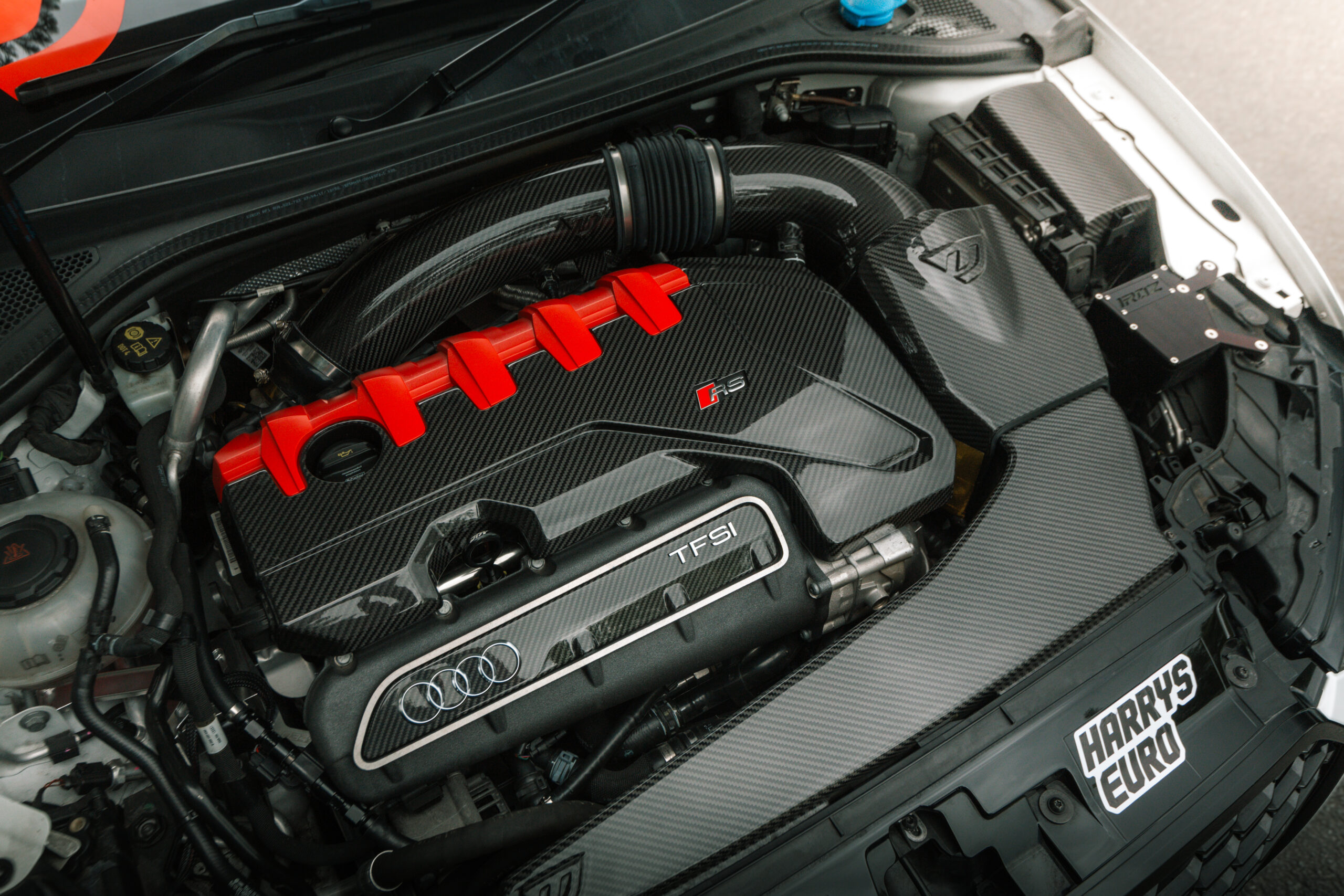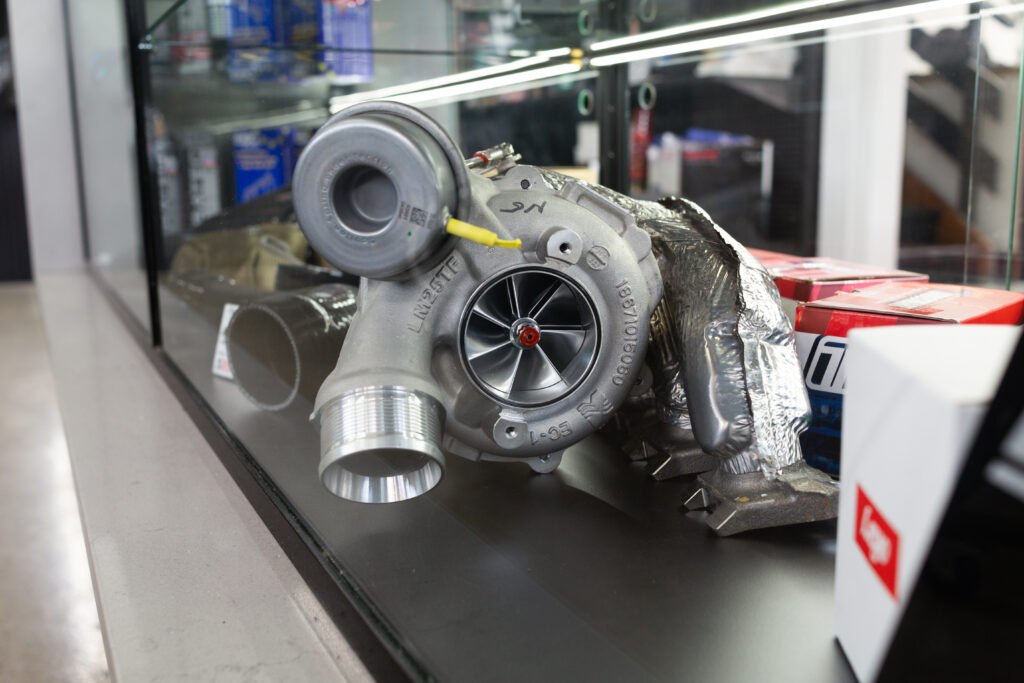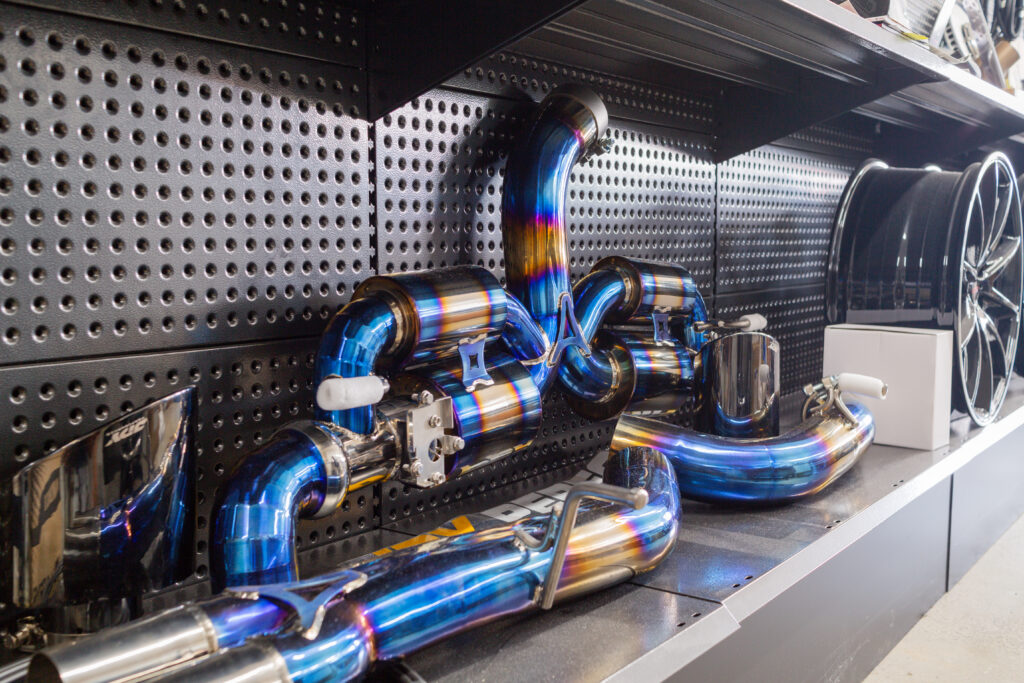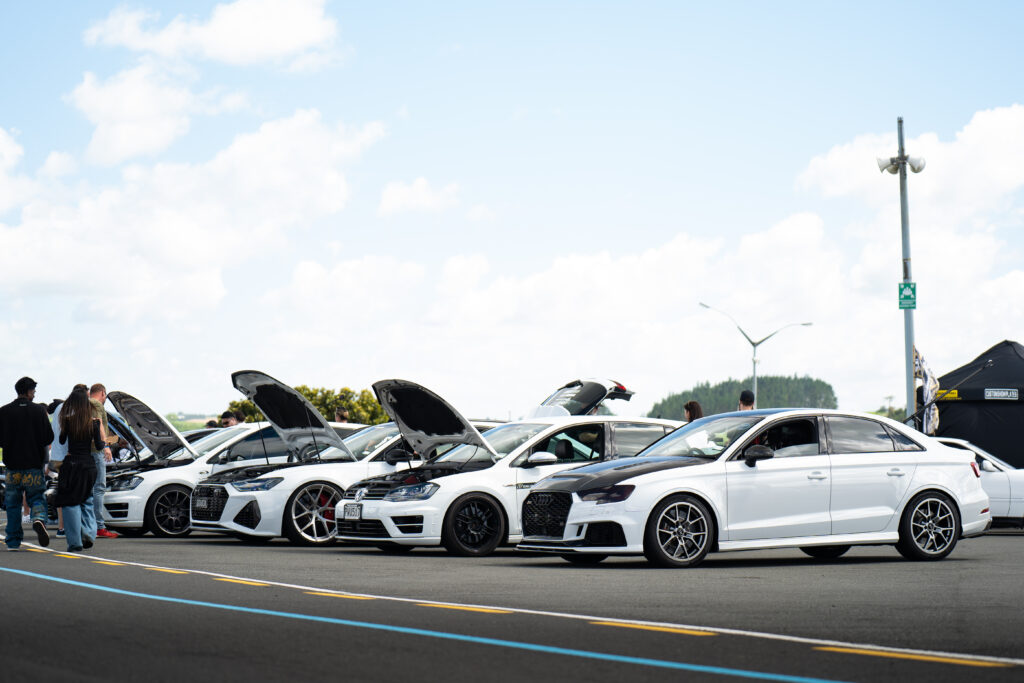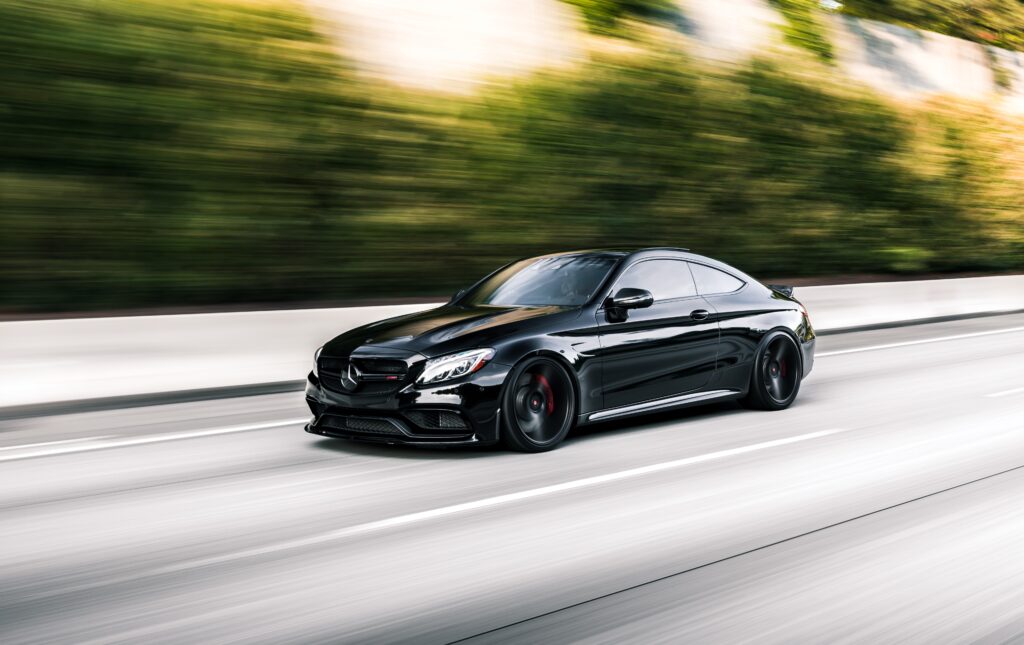Words: Harrys Euro Photos: Deven Solanki, Supplied
Times are changing, and Euros are everywhere — on the streets, at local events, tearing up track days, and even hitting the drag strip. But they still cop a bit of hate. That stigma’s fading fast, though, as JDM prices skyrocket. The days of scoring a cheap Skyline, Supra, Evo, or RX-7 are long gone—what used to be budget-friendly is now collector-tier money.
With the cost of buying, modding, and maintaining performance JDM icons climbing, more and more enthusiasts are making the switch to the Euro side.
European cars — especially Audi, Volkswagen, BMW, and Mercedes—often get criticised for issues like reliability, high maintenance costs, and a “lack of performance,” but most of these are just myths. In this article, we’re setting the record straight by diving into the reality of owning a Euro, backed by insights from industry experts who know the truth.
Are Euros Really That Expensive to Maintain?
Yeah, they’re higher than your usual Toyota Corolla, but not that high. One of the big misconceptions is that Euros cost an arm and a leg to maintain and repair. Sure, parts and servicing for Euros in New Zealand might cost more than for JDM cars, but compared to American cars, they’re actually often cheaper. Companies like Harry’s Euro help keep those costs in check, by importing parts directly and offering them to the public — perfect if you’re taking on a repair job yourself.
We’re also in an era where car maintenance is more accessible than ever. Affordable OBD2 scanners and code readers are everywhere, so you don’t need a trip to the dealer just to figure out why your check engine light is on. Parts are easy to source, whether locally or online, and YouTube is packed with DIY guides to help you tackle common issues. If you’d rather leave it to the experts, there are dedicated Euro specialists all over NZ who know these cars inside out — so keeping your Euro running right isn’t some impossible mission.
Another factor to consider is that newer European cars are actually built with longer service intervals compared to some JDM and American models. Many modern Euros use high-quality synthetic oils, meaning oil changes can be stretched to 10,000km or more, instead of the usual 5,000km you’d see in older imports.
Plus, features like self-diagnosing systems and adaptive servicing reminders make it easier than ever to stay on top of maintenance — so as long as you look after your Euro, it’ll look after you. As Jeremy Clarkson once said, “You can’t put a price on a good car. You’re always going to save money by buying a cheap car, but what if it’s terrible? You’re going to be more miserable than you need to be.” It’s a solid reminder that European cars offer top quality and performance, so the costs are worth it.
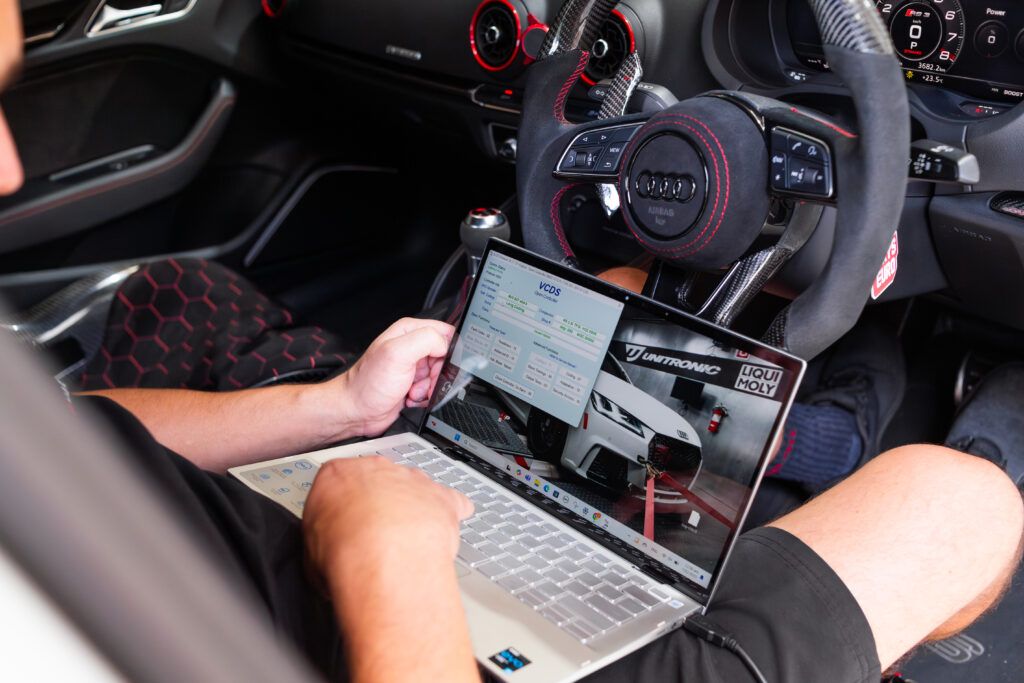

“Euros Are Unreliable”
If that were true, Germany would be full of broken-down cars! One of the biggest myths about European cars is that they’re less reliable than their JDM or American counterparts. But if that were the case, Autobahns would be littered with dead Audis and BMWs, and you wouldn’t see fleets of high-mileage Mercs still running strong as taxis in Europe.
That’s the key — reliability really comes down to how well a car is maintained, not just where it’s built. Stick to the recommended service schedule, use quality fluids and parts and your Euro will just be as dependable as anything else on the streets. Many reliability issues come from enthusiasts skipping services, ignoring warning lights, or using cheap, non-OEM parts – things that can kill any car, not just Euros.
“If your Euro’s engine light isn’t on, did you even start it?”
Yeah, we’ve all heard the joke — but the reality is, that this could apply to your JDM, Euro or American car if it’s been neglected. A check engine light doesn’t mean your car is on its last legs; it’s just your car’s way of telling you something needs attention.
The real problem comes when people ignore the light and keep driving, hoping it’ll magically go away. Modern European cars are packed with tech that helps diagnose faults before they turn into major issues. A quick scan with an OBD2 reader (which you can grab for cheap these days) will usually tell you exactly what’s wrong, and chances are it’s something simple like a dirty MAF sensor, O2 sensor fault, vacuum leak or even just an overdue service reminder things that are cheap and easy fixes when caught early. A lot of the so-called “Euro problems” are just basic maintenance things that owners neglect — things that could’ve been avoided with regular servicing.
At the end of the day, it’s not a Euro thing — it’s a car thing. Every modern vehicle throws a check engine light at some point, but keeping up with maintenance and sorting small issues early will keep your Euro running sweet. Plus, most performance shops and workshops have the tools to diagnose and reset codes in minutes, so there’s really no excuse to let that little orange light stress you out.
DSG (Direct-shift gearbox) Transmission
Tuning and Modifying a Euro

Sure, some newer JDMs are catching up, but for the most part, you’re still looking at rewiring, sensor swaps, and dyno time just to get things running right. That said, JDM tuning offers full control for big-power builds. But when a Euro can make serious gains with a factory ECU, why overcomplicate things?
When it comes to modifying European cars, you’ll often find that many performance parts are readily available off the shelf. This makes the process a bit more straightforward, as you can typically pick up the parts you need and bolt them on without much hassle. On the other hand, when building a high-powered Japanese car, particularly those iconic 90s machines, fabrication becomes almost a necessity.
Custom work is required to fit certain parts, enhance performance, or even simply to make everything work together seamlessly. Whether it’s custom exhausts, intercooler piping, or turbo setups, you’ll likely need to get hands-on with the fabrication side of things to unlock the full potential of these cars.
Euro Performance
And yeah, while the performance of these supercars is insane, there’s this unspoken rule with most European cars: they’re limited to 250 km/h. It’s kind of part of the charm, and honestly, it’s the perfect sweet spot for a lot of us — kind of like the 276hp gentleman’s agreement in the golden age of JDM performance.
Cranking up the power on an already solid modern platform takes your driving experience to the next level, whether you’re gunning for those 10-second quarter-mile runs or just ripping through New Zealand’s beautiful back roads. A tuned Euro can deliver all that with precision, stability and comfort.
They’ve taken everyday, “boring” cars and turned them into ultimate platforms for enthusiasts. Now, we’ve got the chance to upgrade and modify to our heart’s content, making each car a unique expression of performance and style.
Owning a Euro is a different experience. Even when modified, they don’t lose their creature comforts — AC, heated seats, power everything, sunroofs — most of it comes standard. Whether it’s a daily driver or a weekend track weapon, they deliver both speed and comfort without compromise.
Tuning and Modifying a Euro
Owning a European vehicle, like an Audi or Volkswagen, can be a highly rewarding experience once the misconceptions are cleared up. It’s crucial for potential buyers to look beyond the stereotypes, focusing on factual information, real-world experiences, and performance data, as highlighted by industry experts. Before making a decision, take the time to test-drive different models, talk to current owners, and, if it’s a performance car, consider a pre-purchase inspection. It’s also wise to look for a car that’s been maintained by a reputable performance shop, like Harrys Euro, which ensures the best parts are used and that servicing schedules are followed.
While jumping into the world of European cars might seem a bit daunting at first, the benefits are clear. JDM cars have seen their prices rise, making the initial cost of entry more challenging. Then there’s the cost of maintenance and performance upgrades. Comparatively, Euros might offer better value in the long run.
Still unsure? Drop by Harrys Euro anytime for a chat with the friendly staff, and don’t forget to follow us on Instagram to catch a glimpse of New Zealand’s fastest Euros! Stay tuned for the next issue, where we’ll cover the best tips and advice to know before getting your hands on a Euro for the first time.






